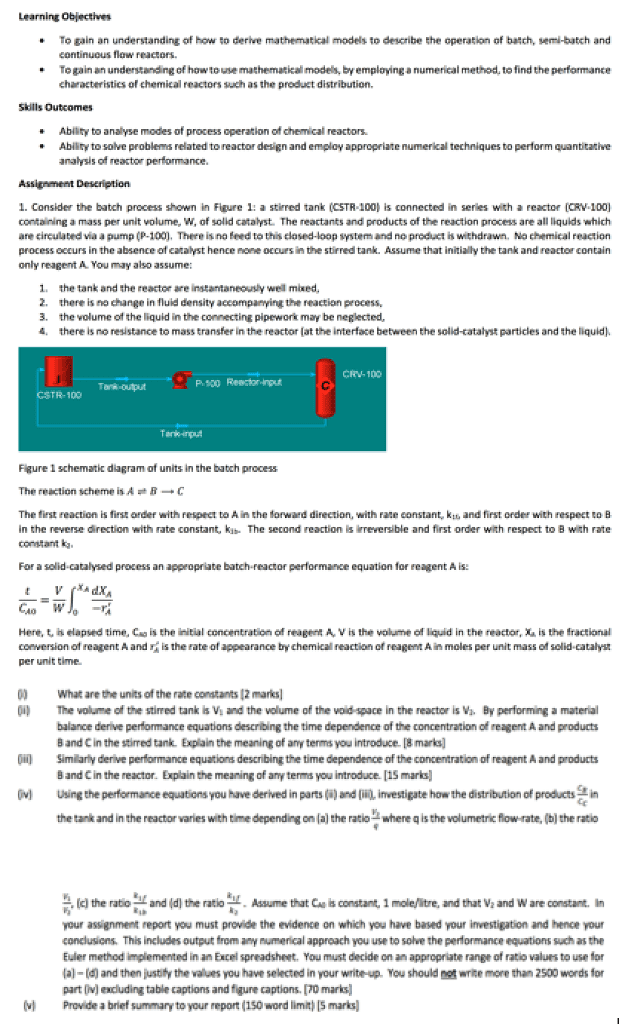CHEM 120 Lecture Notes - Lecture 8: Equilibrium Constant, Iodine, Partial Pressure

9
CHEM 120: CHEMICAL EQUILIBRIUM (Midterm 2)
Write notes on Principles of Chemical Equilibrium
Dynamic Equilibrium – when two opposing processes take place at the same rates
- When the rate of the forward process is equal to the rate of the reverse process
Three Approaches to Equilibrium:
e.g. 1
- If you start only with reactant concentrations; Rf = Kf [H2]m[ICl]n the rate of the reverse
process is (Rr = Kr[H2]p[HCl]q 0 INITIALLY because you have only introduced reactants
- Once you have products formed, after a long time, the reaction will become reversible;
where the rates will be equivalent to one another
e.g. 2
- Initially starting with NO reactants → the process can only initially start from the reverse
reaction, where the rate of the forward process is initially 0
- Once it continues for some time, the physical condition will hit where reactants are
formed, and the rate reaches a balance - but only after a while (Rf = Rr)
The Equilibrium Constant: A Kinetic Perspective
- Where the overall fwd. process = overall rev. process
- Each of the individual steps must be in equilibrium → if the overall process is in
equilibrium all the single steps must be as well
Equilibrium Constant: when you calculate the ratio of products/reactants, you will calculate the
same number using reaction intermediates
Oscillating Chemical Reaction:
- The reaction does not slide into a state of equilibrium, it demonstrates which chemicals
are dominating the reaction
- E.g. Iodine – once it reaches its maximum concentration it turns pale yellow; changes
from a relatively high amplitude → low amplitude when blue, where the oscillations
find more resources at oneclass.com
find more resources at oneclass.com

26
CHEM 120 Full Course Notes
Verified Note
26 documents
Document Summary
Dynamic equilibrium when two opposing processes take place at the same rates. When the rate of the forward process is equal to the rate of the reverse process. If you start only with reactant concentrations; rf = kf [h2]m[icl]n the rate of the reverse process is (rr = kr[h2]p[hcl]q 0 initially because you have only introduced reactants. Once you have products formed, after a long time, the reaction will become reversible; where the rates will be equivalent to one another e. g. 2. Initially starting with no reactants the process can only initially start from the reverse reaction, where the rate of the forward process is initially 0. Once it continues for some time, the physical condition will hit where reactants are formed, and the rate reaches a balance - but only after a while (rf = rr) Where the overall fwd. process = overall rev. process.


